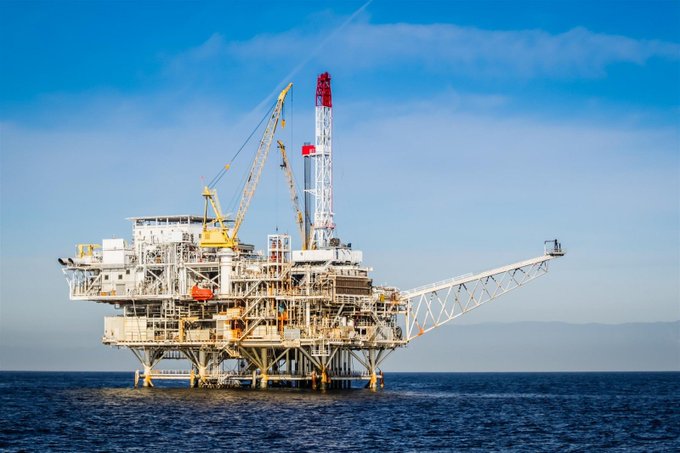Details of the Discovery
The discovery was made by Central European Petroleum (CEP), a key player in regional exploration, at the Wolin East 1 (WE1) well. Drilling operations, conducted approximately 6 kilometers from the coastal town of Świnoujście, confirmed substantial hydrocarbon reserves. According to initial estimates, the WE1 well alone holds around 22 million tonnes of crude oil (161.26 million barrels) and 5 billion cubic meters (bcm) of natural gas.
Poland’s Overall Oil and Gas Production LandscapePoland has historically been a modest producer of hydrocarbons, relying heavily on imports to meet its energy needs. However, recent investments and discoveries like this one signal a shift toward greater self-sufficiency.
Key Production Statistics (as of 2025):
|
Category
|
Metric
|
Details
|
|---|---|---|
|
Crude Oil Production
|
~18,000 barrels per day (bpd)
|
Unchanged in early 2025; annual average has been around 14,000 bpd since 1993. This equates to roughly 0.9 million tonnes annually. |
|
Oil Consumption
|
~30 million tonnes (2023)
|
Includes petroleum products; domestic production covers only a fraction. |
|
Natural Gas Production
|
~8.6 bcm (2024)
|
Led by the ORLEN Group, marking a 20% year-on-year increase. Total national production is estimated around this figure, with growth driven by upstream expansions. |
|
Gas Consumption
|
~20-25 bcm annually (est.)
|
Supported by imports and storage facilities holding up to 18.6 terawatt-hours (TWh) as of March 2025, at about 50% fullness. |
|
Oil Reserves (Pre-Discovery)
|
~20.2 million tonnes (2023)
|
The new find could add 33 million tonnes, significantly expanding this base. |
Poland’s energy sector contributes modestly to global output, with crude oil production accounting for about 3.2% of its total crude oil supply in 2023.
The country’s focus has traditionally been on natural gas, where production has seen steady growth. The Baltic discovery could elevate oil’s role, potentially increasing annual output if extraction proves economically viable.Major Oil and Gas Companies in PolandThe Polish oil and gas industry is dominated by a few key players, with state-backed entities leading the charge. Here’s an overview of the major companies:
- PKN Orlen (Polski Koncern Naftowy Orlen): The largest integrated oil and gas company in Poland, involved in refining, retail, and upstream exploration. It owns PGNiG (upstream arm) and has merged with Lotos, controlling much of the domestic market. Orlen reported record gas production in 2024 and is a WSE-listed giant.
- Lotos Petrobaltic (now part of Orlen): Specializes in offshore exploration in the Baltic Sea. It has been instrumental in regional discoveries and is fully integrated into Orlen’s operations.
- Central European Petroleum (CEP): The operator behind the recent Wolin discovery, focusing on exploration in Central Europe. While smaller than Orlen, it’s gaining prominence with this major find.
- Gaz-System: Primarily a transmission operator, managing Poland’s gas pipelines. It’s crucial for infrastructure but not directly in production.
Other notable firms include smaller explorers like Oil and Gas Exploration Company Krakow Ltd. and PGNiG Technologie S.A., but Orlen remains the undisputed leader in revenue and operations.

